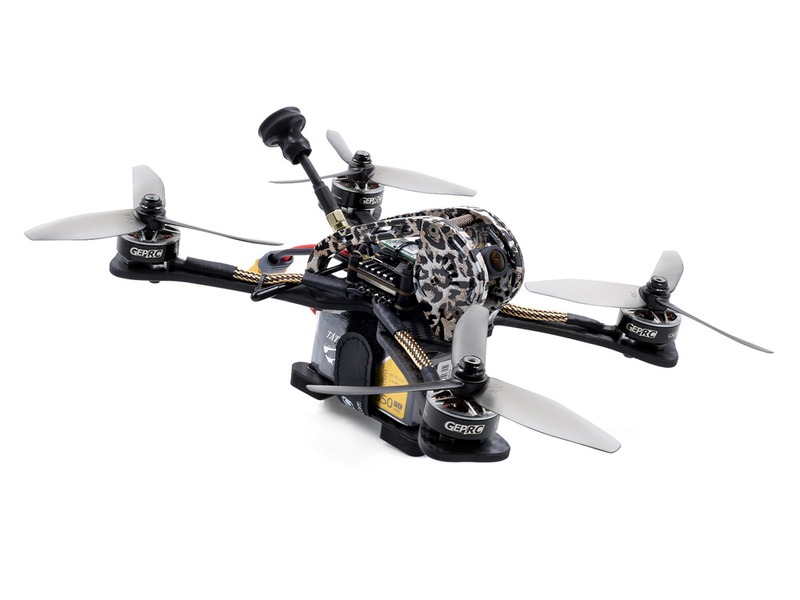How does quadcopter maintain altitude?

Quadcopters are small, unmanned aerial vehicles (UAVs) that are capable of vertical takeoff and landing (VTOL). Quadcopters are powered by four rotors, which allow them to hover and move in any direction. Quadcopters are used for a variety of applications, including aerial photography, remote sensing, and search and rescue operations.
The ability to maintain altitude is a key feature of quadcopters, as it allows them to remain in a fixed position for extended periods of time. To maintain altitude, quadcopters use a combination of sensors and control systems. The sensors measure the altitude of the quadcopter and the control system adjusts the thrust of the rotors to maintain the desired altitude.
The most common type of sensor used in quadcopters is the barometer. A barometer measures the atmospheric pressure and uses this information to determine the altitude of the quadcopter. The barometer is mounted on the bottom of the quadcopter and is connected to the control system. The control system uses this information to adjust the thrust of the rotors to maintain the desired altitude.
In addition to the barometer, quadcopters also use other sensors to help maintain altitude. These sensors include accelerometers, gyroscopes, and GPS receivers. The accelerometers measure the acceleration of the quadcopter, which helps the control system determine the rate of ascent or descent. The gyroscopes measure the angular velocity of the quadcopter, which helps the control system determine the direction of the quadcopter. The GPS receiver provides information about the quadcopter’s location, which helps the control system maintain the desired altitude.
Once the control system has determined the desired altitude, it adjusts the thrust of the rotors to maintain the desired altitude. This is done by increasing or decreasing the speed of the rotors. The control system also adjusts the pitch and roll of the quadcopter to ensure that it remains level.
Quadcopters are able to maintain altitude because of their sophisticated control systems and sensors. The control system uses the information from the sensors to adjust the thrust of the rotors and the pitch and roll of the quadcopter to maintain the desired altitude. This allows quadcopters to remain in a fixed position for extended periods of time, which is useful for applications such as aerial photography and remote sensing.
Comments / Question
2. Control Allocation Algorithm: This algorithm is used to balance the attitude and altitude of the quadcopter by calculating how much power each motor needs in order to reach the desired altitude.
3. Optimal Control Algorithm: This algorithm helps to optimize the altitude control of the quadcopter by finding the optimal control input to reach the desired altitude.
4. Model Predictive Control Algorithm: This algorithm predicts the future states of the quadcopter and then adjusts the control input to reach the desired altitude.

